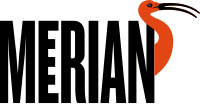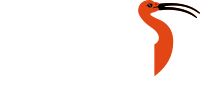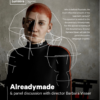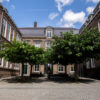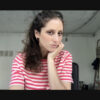Artistic research has emerged as an integral aspect of knowledge-generating infrastructures globally in recent decades. In the Netherlands alone, artistic research has been an established practice for over 20 years. Nonetheless, a key issue pertinent to the success of integrating artistic research into academia remains: How do we assess artistic research? On Friday, 17. March 2023, MERIAN hosted an interactive workshop as a next step to commence this discussion.

Participants that had gathered at the Open Space in ZUYD University turned out to possess a varied background: There were practicing artists, artistic research instructors, and university faculty directors. Participants were affiliated with all the relevant institutes that together make up MERIAN, the Jan van Eyk Academy (JVE), the Maastricht Institute of Arts at ZUYD University and from Maastricht University (ZUYD), the Faculty of Arts and Social Sciences (FASoS) and the University College (UCM).
Participants were encouraged to share their expectations of the workshop. One participant asserted “I don’t expect any consensus, I don’t expect any conclusions”. Someone else offered an interesting metaphor: “When we hand out a driver’s license everyone knows what this means – a quality insurance of someone’s driving capabilities – so the question is, how do we have such quality insurance in artistic research?”
Artist and JVE alumni Nina Glockner invited us to participate in an interactive performance called the “Collective Voice Detector” (CVD). As part of this, participants were asked to begin by defining the task at hand together. Everyone wrote down what they believed to be the core issue in need of tackling. Participants then engaged in a discussion of what they’d like to focus on, and how to formulate this in one sentence. The task chosen by the first group was to facilitate the ‘right’ space / form for displaying what the candidate is assessed upon. The second group chose to focus on the task to organize a consensus-building-activity amongst the involved parties regarding the assessment criteria. Further results of the CVD can be viewed below. During the break the JVE Food lab coordinator Marente van der Valk presented some of her work and invited the participants to come and taste it.
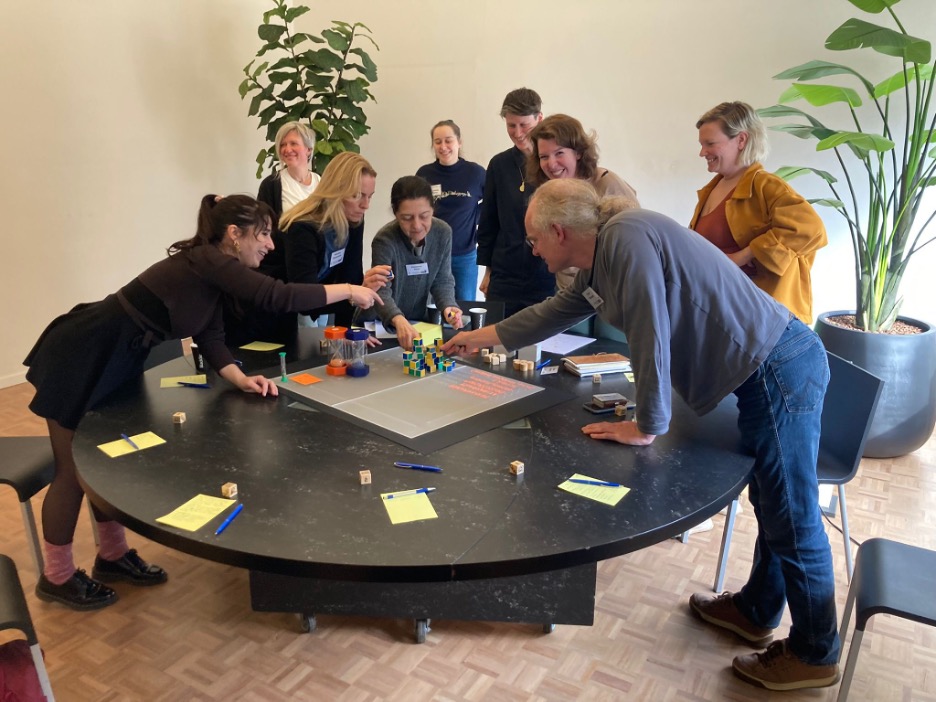
The next activity split participants into groups of threes or fours to walk across the city and visit the different institutions represented at the workshop: JVE, FASoS, ZUYD and UCM. It was an ingenious way to clear everyone’s head after many hours already spent pondering the issue of assessment in artistic research and symbolically strengthen the collaboration of these institutes. It turned out that many participants had never actually visited the buildings that housed the other institutes. As the delegate from the respective institute would guide them through their halls, the physical structures would inspire renewed conversation on assessment of artistic research.
The interactive workshop hosted by MERIAN on assessment offered a catalytic discussion as the first step in the process to understanding how to best assess artistic research. In the closing round, participants were encouraged to share their wishes for how to examine this issue next. One idea that stroke a chord with many was to see if it were possible to have a look at how individual supervisors had assessed artistic research previously. Could this perhaps offer us some guidance? Another suggestion met with enthusiasm was to have an event that involved those that had been assessed, such as past MERIAN PhD candidates or students of the semester-long artistic research project at University College Maastricht.
